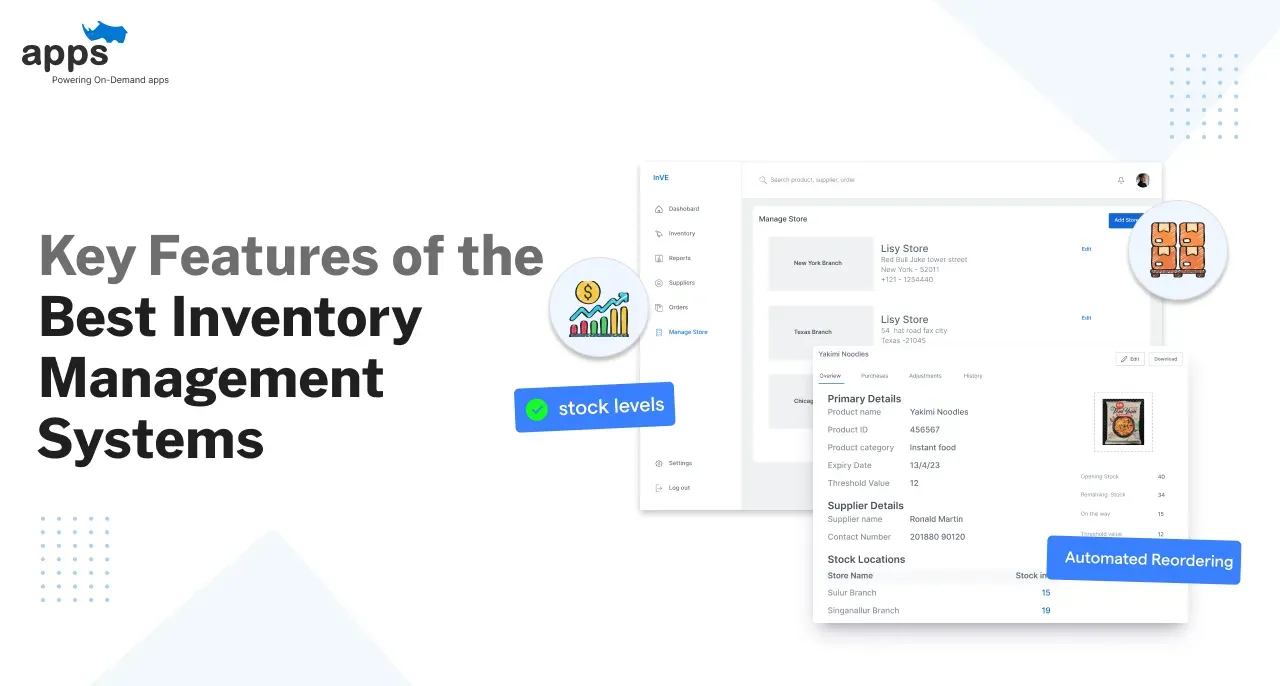The evolution of Mobile Apps: 1994 to 2019

At present, Can you think of living without mobile applications at all? Is it possible? Of course, NO, We have made mobile applications way too crucial a part of our life. We have adopted mobile apps in our daily lives so that we cannot even imagine living without them. We have come a long way in the journey of mobile phones and mobile application development. So let's talk about where it all started! On 3 April 1973, The first phone call ever made was by Martin Cooper of Motorola to Dr. Joel S. Engel of Bell Labs. It took two decades of research and development to get its first mobile app and thanks to IBM Simon. He released the first-ever smartphone in 1994, which didn't have an app store but had inbuilt features like Calculator, World clock, Calendar, Contact book, Mail, Notepad, Sketchpad. In the early '90s, portable devices ran on EPOC operating systems developed by Psion. EPOC permitted user's programs such as word processor, spreadsheet, dairy, and database. And in 1996, Palm OS developed by Palm, Inc., was programmed by C/C++ included Wireless Application Protocol (WAP) browser. In 2000, Nokia launched Nokia 3310, and in 2003, they launched the Nokia 1100. First, Nokia had that snake game which everybody used to love. Then, Nokia combined a video game console and the mobile phone in N-Gage. Afterward, Blackberry Limited, known as Research in Motion Limited (RIM), lifted the game of smartphones with the launch of Blackberry 5810, integrated with wireless email. Earlier, small arcade games, ringtone editors, calculators, calendars, to-do lists, and sketchpads were the only apps in the app market that were not really advanced but still helpful. After that, In June 2007, Apple released its first iPhone, which came with inbuilt apps like Maps, Photos, Text, Weather, and many more. Then, the launch of the iPhone 3G revolutionized the tech industry. After that, Apple introduced the iPhone software development bit for app development companies. In July 2008, Apple's store went live, and the marketplace featured 500 apps. There were 10 million downloads in just three days, not less than a revolution. More than 800 native applications were available on the mobile app store, out of which more than 200 apps were offered for free, and more than 90% were priced at less than $10. In 2009, Symbian grew out of Psion EPOC OS and was developed by Symbian Ltd. It was a joint venture of Psion, Erickson, Nokia, and Motorola. Two hundred fifty million devices were running by Symbian, and Nokia drove the development of Symbian OS. The S60 platform was used on all Nokia handsets, LG, and Samsung. In 2012, Google launched Google Play and re-branded the entire Android Market, Google Music, and Google Books into a single marketplace. And in a few days, apps reached millions of downloads. Mobile app games like Candy Crush Saga, Temple Run2, and Angry Birds generated 63% of its revenue. Afterward, short-form videos and photos became more popular than text and were shared more on social media. That is why Snapchat and Instagram started receiving more downloads than ever. Mobile app became an important profit-generating industry, and apps started buying other apps like Facebook bought Instagram for $1 Billion. Most of the mobile applications started generating revenue with ads and in-app purchases. Present Situation- 2019 Now, apps can do everything- eating, drinking, sitting, standing, talking, sense, feel, or touch. There's nothing that an app cannot do. You think, and it's done. Mobile applications are more flourished than ever, and there are many expected trends to be set by the end of 2019. Some of the trends are: Customized mobile apps have been providing a better user experience. Companies like Amazon, Alibaba, and Flipkart increase sales and mobile user experience through their mobile apps. In addition, industries like healthcare, insurance, e-commerce, food delivery, laundry, taxi services want their mobile apps to generate revenues. By the end of 2019, several M-commerce transactions are expected to surpass the no. of E-commerce. Online payment apps like Google Pay and Apple Pay are also expected to increase by 30%. The M-Commerce industry is benefiting from mobile apps more than ever. AR and VR have revolutionized the app development industry. Augmented reality has set various trends in health, engineering, real estate, retail, etc. Like AR, Virtual Reality is another revolutionary innovation used to create virtual scenarios that are difficult to create otherwise. For example, People can recreate their look through such apps and make the right decisions before buying. Artificial Intelligence is the new-age application that makes human life more comfortable by performing everyday tasks through its intelligence capabilities. There are many innovative AI apps in the market. For example, Duolingo is a mobile app where users can effortlessly learn any foreign or native language without additional effort or professional classes. Internet of things is a network of interconnected smart devices. It involves many other smart devices with individual circuits, sensors, and software built into them. The wearable industry, including smartwatches, fitness trackers, or wearable headsets, is another trendsetter in the industry.
Conclusion:
In the last two decades, there has been a tremendous change in mobile applications, and by far, the app market has been the vast developed industry of all time. Every business is creating its mobile applications to increase its business area. And this industry is expected to make even more progress in the future. According to the Future Digital Report, 80% of mobile time is spent on mobile apps. Therefore, mobile App development is proved to be the best way to reach the targeted audience. It is also expected that the number of mobile application users is to cross 5 billion marks.
Table of Contents





